Photo Guide
How to take good pictures
It’s actually not that hard to take good pictures. If you follow these five tips, you can easily take good and marketable photographs with a regular smartphone.
Five great photo tips
1. Think about what you want to show

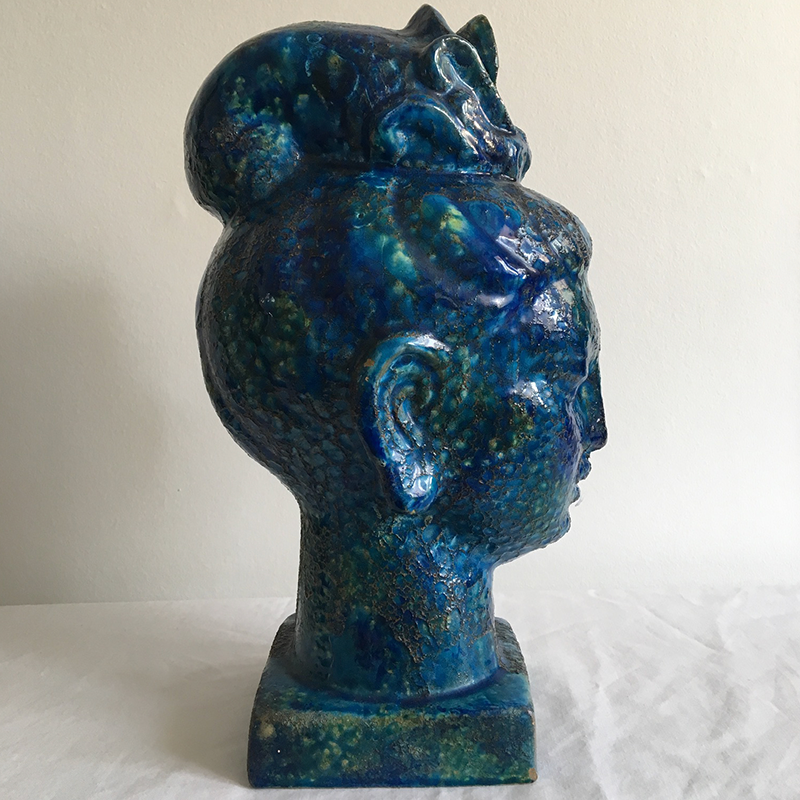
You should only show the item you want to sell in the picture. Take the picture at eye level and keep the horizontal line straight. If the item consists of multiple parts, take a picture of all the items as well as additional pictures of the individual parts if necessary. Always make sure the item is clean and presents itself in the best possible way.
Remove books, knick-knacks and other items that are not for sale. If your foot or your mirror image have snuck into the frame, take a new picture – it takes away from the focus on your item.
2. Use good lighting and no flash
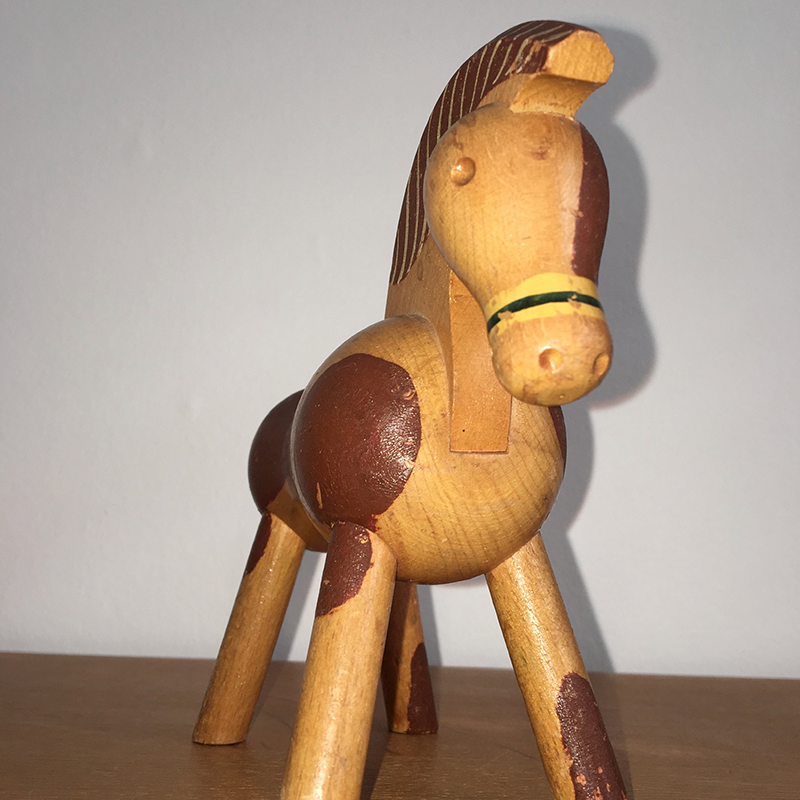
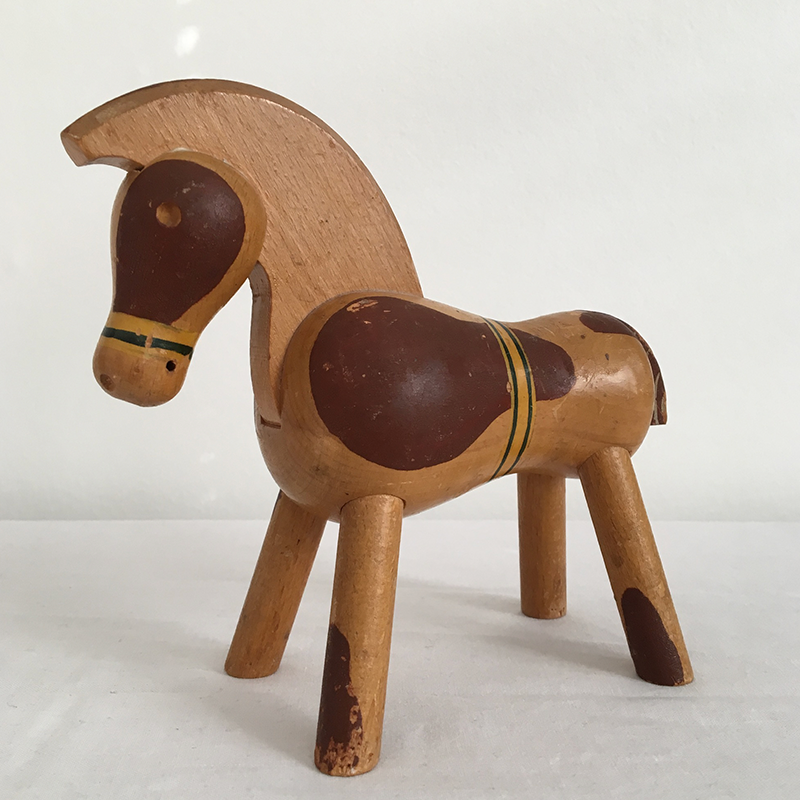
Take your picture in an even light, preferably daylight, and up against a neutral background – you could, for instance, hang up a white sheet as a background.
Avoid taking pictures with flash. This may cause unfortunate lighting and shadow effects as well as distort the colour. For the same reason, we recommend avoiding the use of filter or colour editing.
3. Make sure the picture is in focus
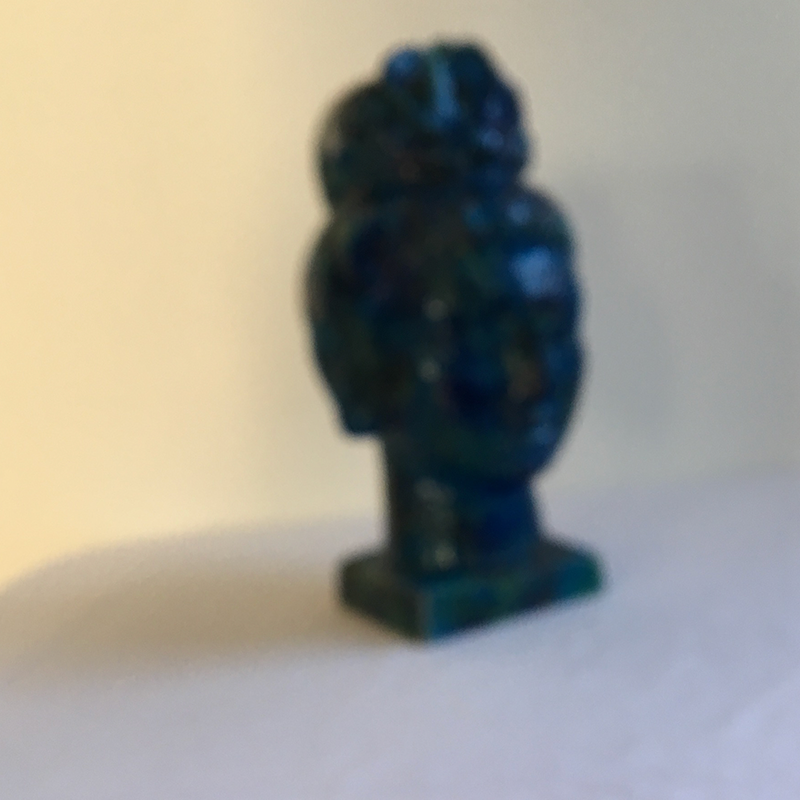

Wait until the camera is stable and has focused in on the item before taking the photograph.
On a smartphone, you can easily activate autofocus by touching directly on the screen.
Avoid moving the camera (use a tripod to ensure that the camera is completely stable).
4. Take several pictures and in a high resolution
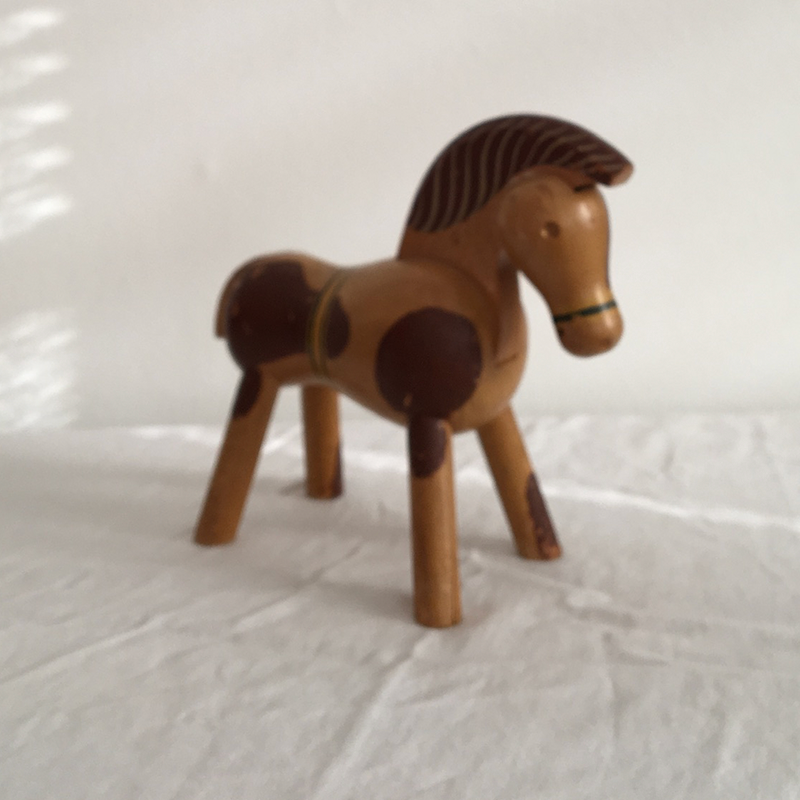

Take several good pictures of your item in a high resolution– from the front and the back, top and bottom. If the item is very large or small, you can, for instance, place a matchbox next to it so that the proportions become clearer. The buyers cannot examine your item physically, so your photographs need to be the eyes of the buyers.
Avoid taking pictures with the zoom function on your smartphone camera – the quality will often turn out bad. Instead, get closer to the item when taking the pictures.
5. Show all relevant details
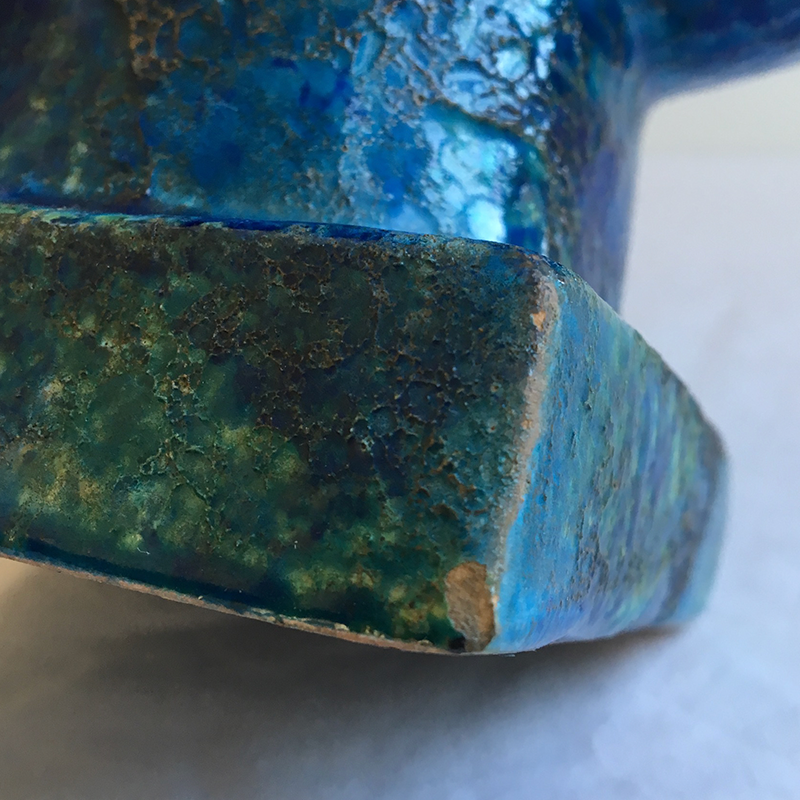
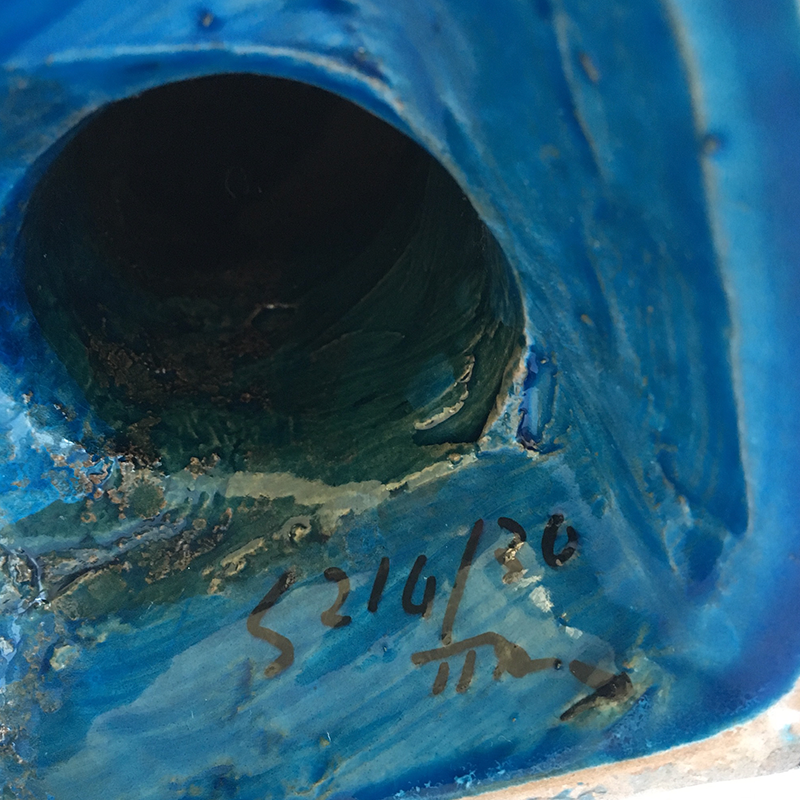
Take pictures of details that could have an influence on the value of the item, such as stamps, signatures, inscriptions, edition and serial numbers, stickers, etc. You should also take pictures of any defects, flaws and damages, such as stains, scratches, crackling, dampness on the painting or paper, cracks in the ceramics and glass, loose legs on the furniture, etc.
Avoid hiding flaws and defects.